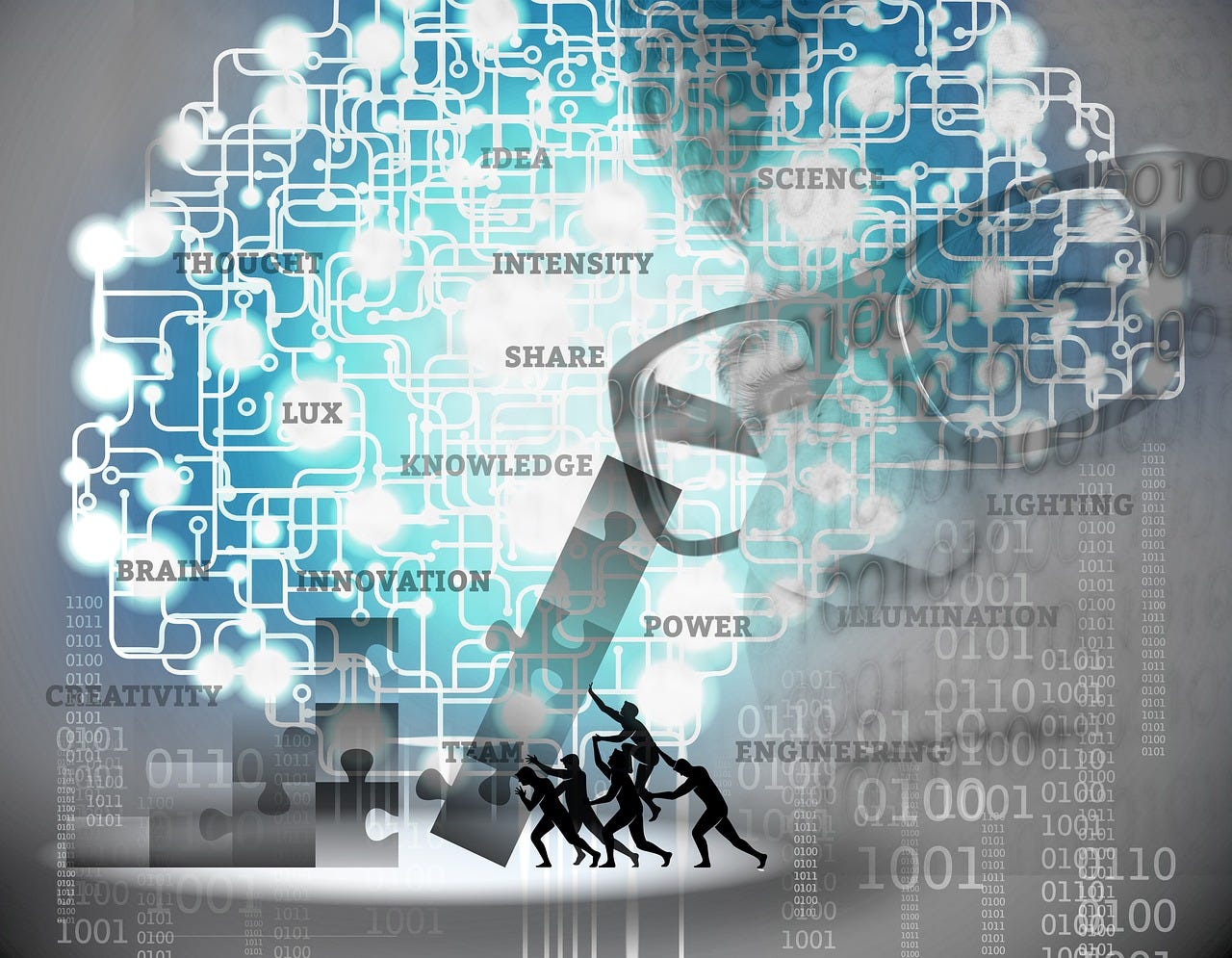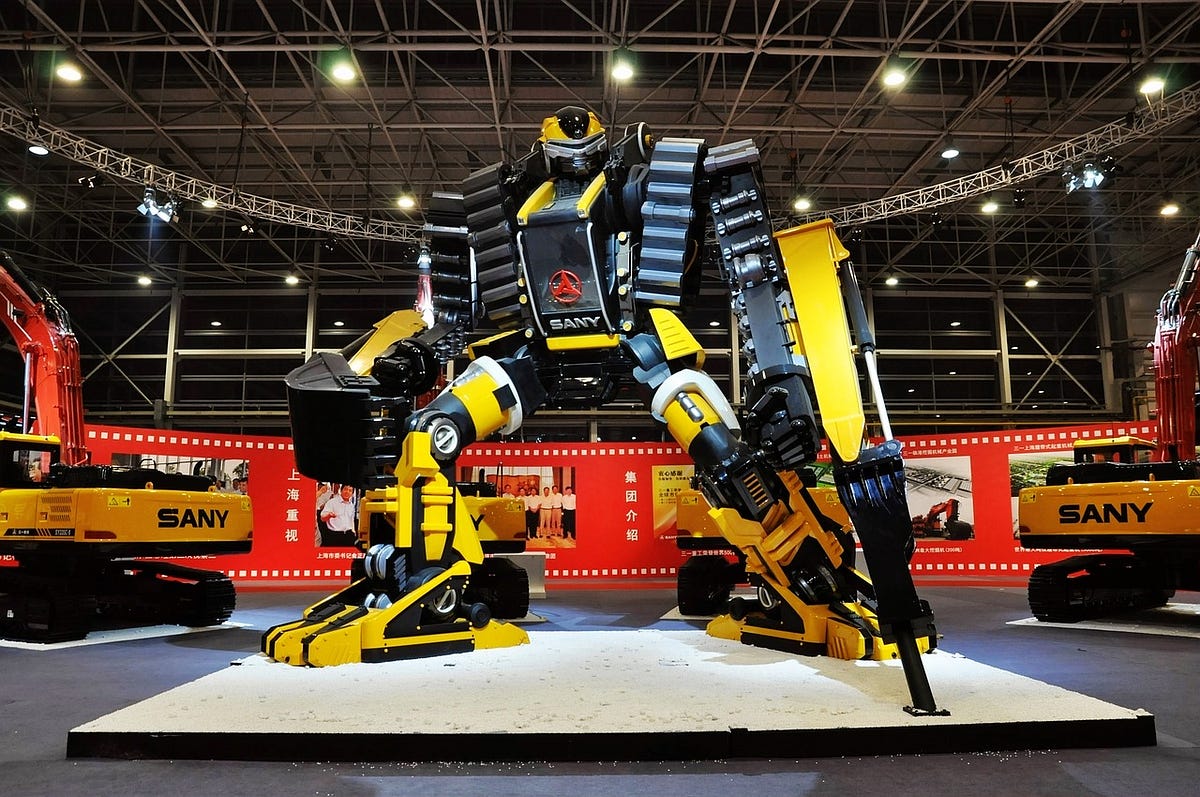Ganesh Chakravarthi
 Skilled labour seems to be in short supply. At least that is what many companies gripe. However, artificial intelligence can substitute the vast expertise, placing the ‘skill’ in the hands of machines. That McDonalds you frequent, the construction workers you employ, or the shop stewards in a supermarket that restock empty shelves may eventually be replaced by robots. The subsequent wave of automation, currently underway — machine learning, sensors feeding data to an AI system, and artificial cognition — will eventually spread from manual labour to white-collar work.
Skilled labour seems to be in short supply. At least that is what many companies gripe. However, artificial intelligence can substitute the vast expertise, placing the ‘skill’ in the hands of machines. That McDonalds you frequent, the construction workers you employ, or the shop stewards in a supermarket that restock empty shelves may eventually be replaced by robots. The subsequent wave of automation, currently underway — machine learning, sensors feeding data to an AI system, and artificial cognition — will eventually spread from manual labour to white-collar work.
The concept of work-experience that humans so proudly put on their resumes will be a mere task for a robot that can perform the task with the same efficiency, as long as it is well-tended to.
The development of data sets for training robots and AI systems in charge of these robots will be a challenge. However, once this is successfully implemented, it will cut short the concept of a learning curve that humans require. There are many studies that say it takes ‘X’ number of hours before a human becomes adept at a skill, a number varying anywhere between 21 days to a 10000 hours. The elimination of practice can be a significant advantage for companies to leverage.
But the beauty of a robotic workforce, if they’re connected to a cloud-based system, is the elimination of training. An AI system in the cloud, operating a wide array of machinery across the world, can just as easily train a new robot with adequate sensors to perform its tasks without any training period.
This form of ‘centralised expertise’ is a benefit as well as a danger of artificial intelligence.
The internet has plenty of case studies and arguments that put forth the view that a certain number of jobs will be replaced, all is doom and gloom, and everything is going down, and machines will enslave us all and put us into the matrix. The point being, there are challenges, and in the initial transition to an automated workforce, skilled labour will be at the receiving end of it.
The time is now to cast our eye towards redefining skilled labour. AI replacing humans is only a matter of time, if current industry trends are to be relied upon.
However, it is important to not view AI as androids that emulate human beings. That would be similar to designing ships to navigate waters in the shape of dolphins, complete with fins and tails.
A lot of fear about AI replacing humans comes from this idea that they will surpass human capabilities, a narrative that gains precedence in AI discussion.
Kevin Kelly, in Wired, highlights how very little discourse actually goes towards their ability to do jobs that humans do not really want to do — minute assemblage, or examine every square millimeter of a CAT scan. Neither do humans possess the infallible memory required to track every pitch of a baseball game and calculate the probability of the next pitch in real-time.
It is interesting to note that many of the jobs that robots are being adopted to perform are areas where human interest is relatively low. Should this continue, a large portion of this work will remain unfinished.
Experts highlight that automation has always led to the creation of new occupations that were never thought of. Innovations always reassign the way jobs are designated and when the bulk of labour will be handled by machines and AI, a lot of work will need to go in creating the kinds of jobs that robots can do.
AI and the IT industry are closely interlinked. One look at information technology, and it is easy to glean, that what started as a technological development to fill the voids in our business ecosystem, spawned an entire industry geared only towards ensuring its sustenance.
 A heavy-duty industrial excavator. Image courtesy of leozeng/Pixabay
A heavy-duty industrial excavator. Image courtesy of leozeng/Pixabay
It is not difficult to imagine a similar case with artificial intelligence too. In fact, to fully harness the capabilities of artificial intelligence, a key challenge will be the creation of newer occupations for robots themselves. In essence, automation will need to create new tasks that can only be run by other automation. What will happen to the skilled human counterparts remains a question.
So, what will constitute skilled labour?
As the economy expands via automation, as automation creates newer tasks for other automation, and as self-driven cars and trucks become ubiquitous and eliminate the need for human drivers, it is clear that the interaction between humans and automations will increase.
One of the ways skilled labour will evolve is in this interaction between humans and machines. The most efficient worker will likely be one who can work well together with machines as well as humans. Optimisation, collaboration, and customisation will be the keywords for the future’s labour force.
One of the most important ways of working alongside centralised expertise is the adoption of AI and then working along with them. In an AI-dominated ecosystem, a lot of the ‘co-workers’ will soon be invisible algorithms that perform tasks in an organised, efficient, and optimised manner.
A skilled worker will be able to cross-skill himself in a way that can improve the effectiveness of his tasks. So too will be the creation of successful templates that people can follow. This may also bring about a change in mindsets. Concepts like knowledge transfer and training newer workers will become much easier, given that AI systems will perform a significant portion of the work themselves.
It is incorrect to assume we are in a race with the machines. Machines have always existed alongside us and in the future, they will only become smarter and more efficient. Very soon, with the spread of AI, they will become an irreplaceable piece of the economic machinery. Whether this is good or bad, not preparing for an AI business ecosystem will be a big mistake, with significant social and economic costs for the labour force.
No comments:
Post a Comment